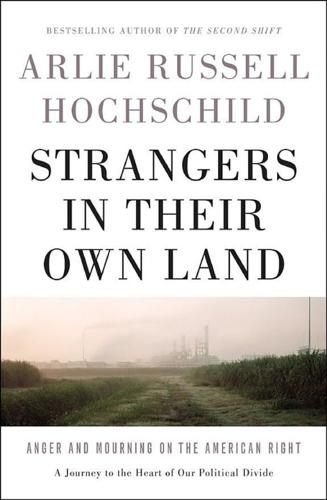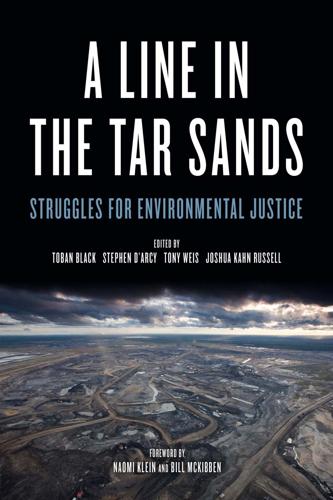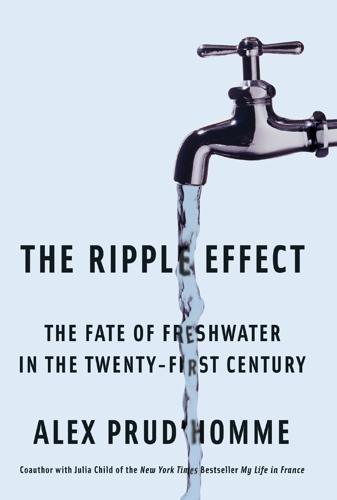
Adapt: Why Success Always Starts With Failure
by
Tim Harford
Published 1 Jun 2011
: BBC News, ‘Time-line: The Bank of Scotland’, http://news.bbc.co.uk/1/hi/scotland/7620761.stm; Robert Peston, ‘Lloyds to buy HBOS’, 17 September 2008, http://www.bbc.co.uk/blogs/thereporters/robertpeston/2008/09/lloyds_to_buy_hbos.html; and BBC News, ‘UK Banks receive £37bn bail-out’, http://news.bbc.co.uk/1/hi/business/7666570.stm 216 Celebrate seven years without a notable accident: Ben Casselman, ‘Gulf rig owner had rising tally of accidents’, Wall Street Journal,10 May 2010. http://online.wsj.com/article/SB10001424052748704307804575234471807539054.html 217 Just as his own computer monitor exploded: ‘Blowout: the Deep-water Horizon disaster’, CBS 60 Minutes, 16 May 2010, http://www.cbsnews.com/stories/2010/05/16/60minutes/main6490197.shtml 218 Last been inspected five years before the accident: David Hammer, ‘Rig’s blowout preventer last inspected in 2005’, Times-Picayune, 26 May 2010, http://www.nola.com/news/gulf-oil-spill/index.ssf/2010/05/hearings_rigs_blowout_prevente.html 218 For months BP engineers had been expressing concern: Ian Urbina, ‘Documents show early worries about safety of rig’, New York Times,29 May 2010, http://www.nytimes.com/2010/05/30/us/30rig.html?

Strangers in Their Own Land: Anger and Mourning on the American Right
by
Arlie Russell Hochschild
Published 5 Sep 2016
Two miles to the north is Willows Springs, a black settlement on which in 1982 a hazardous waste management firm, Brown and Ferris International, dumped waste in open landfills, sickening the local citizens. Also to the north is Sasol, the mighty South Africa–based energy and chemical company, now building the first U.S. gas-to-liquids plant and the largest new industrial facility expansion in the United States. Beyond that, three hundred miles to the southeast, in the Gulf of Mexico, the Deep Water Horizon oil rig had exploded in 2010 in the worst marine oil spill in world history. Bayou d’Inde was at the epicenter, I realized, of an entire petrochemical empire—and of the Great Paradox. Most of what polluted the bayou sank to the bottom of it—mercury, heavy metals, ethylene dichloride (EDC), and chlorinated dioxins.

A Line in the Tar Sands: Struggles for Environmental Justice
by
Tony Weis
and
Joshua Kahn Russell
Published 14 Oct 2014
He has published several books with RED/Fernwood, including The Ugly Canadian: Stephen Harper’s Foreign Policy; Lester Pearson’s Peacekeeping: The Truth May Hurt; and The Black Book of Canadian Foreign Policy. Cherri Foytlin is a freelance journalist, author, advocate, speaker, and mother of six who lives in South Louisiana—an area inundated with industrial pollution. She is the co-author of the e-book Spill It! The Truth About the Deep Water Horizon Oil Rig Explosion, and regularly contributes to www.BridgetheGulfProject.org, the Huffington Post, Daily Kos, and several local newspapers. Sonia Grant is an environmental justice organizer and a PhD student in Anthropology at the University of Chicago. While based in Toronto, Sonia was active in the grassroots movement against the Enbridge Line 9 reversal.

The Ripple Effect: The Fate of Fresh Water in the Twenty-First Century
by
Alex Prud'Homme
Published 6 Jun 2011
Just days after the April 22, 2010, sinking of the Deepwater Horizon in the Gulf of Mexico, Bea pulled together the Deepwater Horizon Study Group (DHSG), a group of sixty experts from the United States, Australia, Canada, Brazil, and Norway, to undertake an independent investigation of what mistakes had led to the explosion of BP’s oil well in the Gulf of Mexico, and to recommend steps to avoid repeating those errors. Bea has investigated more than twenty offshore rig disasters—including the catastrophic blowout of Ixtoc I, a Pemex platform, in June 1979, which caused the biggest oil spill in the Gulf of Mexico prior to the Deep-water Horizon. Most of these accidents were caused by human error—though Bea prefers the term human defect, meaning man’s “hubris, greed, and indolence.” In studying the causes of over six hundred engineering failures, he found that only 20 percent of such disasters are the result of intrinsic uncertainties, such as floods, tornadoes, and dust storms, while 80 percent are rooted in extrinsic uncertainties, or what Bea terms “the human factor.”